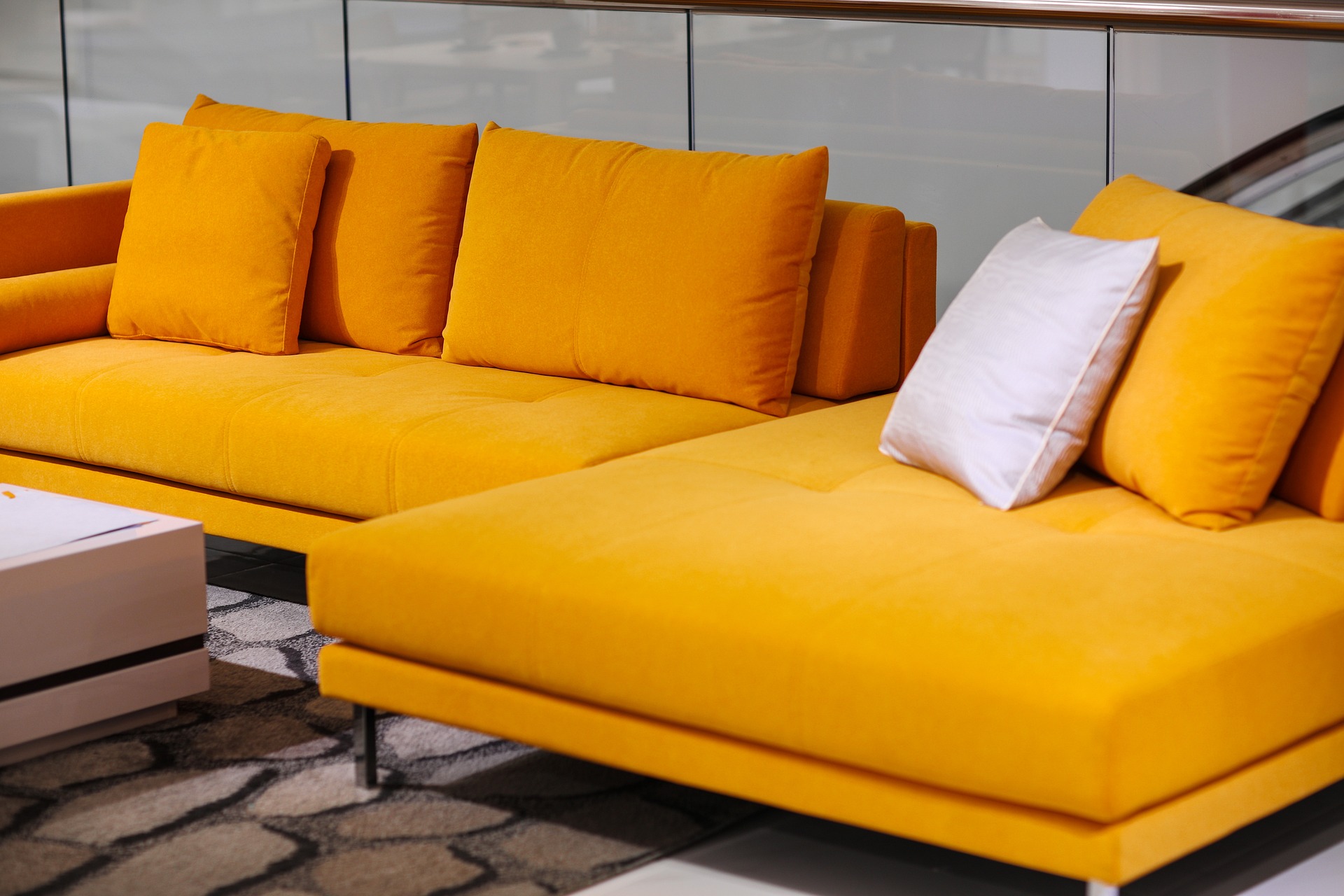How to Choose the Perfect Sofa for Your Living Room
A sofa anchors your living room—combining comfort, style, and practicality. This guide walks you through deciding on the right size, shape, upholstery, and features (like storage or sleeper options) to match your lifestyle. Learn how to measure, pick durable materials, and arrange seating for beautiful, functional living spaces.

A sofa is more than a place to sit; it establishes the tone and usability of your living room. Selecting the right piece involves more than choosing a fabric or color—consider scale, durability, functionality, and how it will work with your daily routine. This guide breaks down the essential decisions so you can pick a sofa that looks great and serves your needs for years.
Sectionals for Adaptable Living
Sectional sofas are ideal when flexibility and seating capacity matter. These modular systems let you configure seating to suit different room shapes or occasions. L-shaped sectionals are excellent for cornering a room and defining a conversation zone, while U-shaped layouts create intimate groupings for large families or entertaining. Many modern sectionals include practical upgrades—reclining seats, removable chaises, or integrated storage—which make them as functional as they are comfortable. If you entertain often or need to reorganize seating frequently, a sectional offers a customizable foundation.
Practical Considerations Before You Buy
Before falling for fabric or frame, measure carefully. Note the living room dimensions, ceiling height, and the width of doorways, elevators, and stairwells to ensure delivery and placement are possible. Think in terms of scale: a bulky sofa can overpower a small room, and a tiny sofa can look lost in a larger space. Consider traffic flow—leave clear walkways and avoid blocking common paths. Your household’s lifestyle should guide choices: homes with children or pets typically need more resilient frames and stain-resistant upholstery, while a formal sitting room might prioritize delicate textures and visual refinement.
Upholstery Options and Care
The material you choose affects look, feel, and maintenance. Below is a quick reference to common upholstery types and their practical traits.
| Material Type | Durability | Maintenance Level | Best For |
|---|---|---|---|
| Leather | High | Moderate | Long-term investment; ages well |
| Performance Fabric | High | Low | Busy households and spill-prone homes |
| Linen | Moderate | High | Elegant, formal rooms; light use |
| Velvet | Moderate | High | Luxurious, statement seating |
| Microfiber | High | Low | Active households; easy cleaning |
Prices, rates, or cost estimates mentioned in this article are based on the latest available information but may change over time. Independent research is advised before making financial decisions.
Choosing the right fabric also dictates care routines: leather needs conditioning, performance fabrics resist stains and often clean with mild soap, and natural fibers like linen may require professional cleaning to maintain appearance.
Smart Storage and Space-saving Designs
If space is at a premium or you regularly host guests, look for multifunctional designs. Sofas with hidden compartments beneath the seat or inside the armrests keep blankets and small items organized. Sleeper sofas and convertible daybeds are excellent for accommodating overnight guests without dedicating a whole room to a bed. Apartment-friendly sofas come in narrower depths and slimmer profiles to deliver comfort without overwhelming compact floorplans. When choosing multifunctional pieces, test mechanisms and inspect build quality to ensure long-term reliability.
Placement and Layout Strategies
How you position a sofa influences flow, sightlines, and social interaction. Place your main seating to face the room’s focal point—this could be a TV, fireplace, or a large window. Arrange additional chairs or loveseats to form a natural conversation area, and leave at least 30–36 inches for primary walkways anywhere people will pass regularly. In open-plan homes, use the sofa’s back as a subtle room divider to define living areas while keeping the space visually open. Anchoring the seating with a rug sized correctly for the furniture helps create cohesion and scale.
Final Tips for a Successful Purchase
Balance aesthetics with practicality. Test sofas in-store when possible—sit for several minutes, check cushion support, and evaluate arm and seat heights for comfort. Review frame construction and suspension (e.g., sinuous springs, webbing, or eight-way hand-tied springs for high-end options). Confirm warranty and return policies in case the sofa performs differently at home. Consider future needs: modular pieces can be reconfigured as your lifestyle changes, and neutral tones paired with pillows or throws allow easier updates.
Choosing the right sofa is an investment in daily comfort and the visual heart of your home. By measuring carefully, selecting suitable materials, prioritizing function, and arranging seating with attention to flow and focal points, you’ll find a piece that complements your space and stands up to everyday life. Take your time, try before you buy, and select a sofa that strikes the right balance between style, comfort, and durability.






